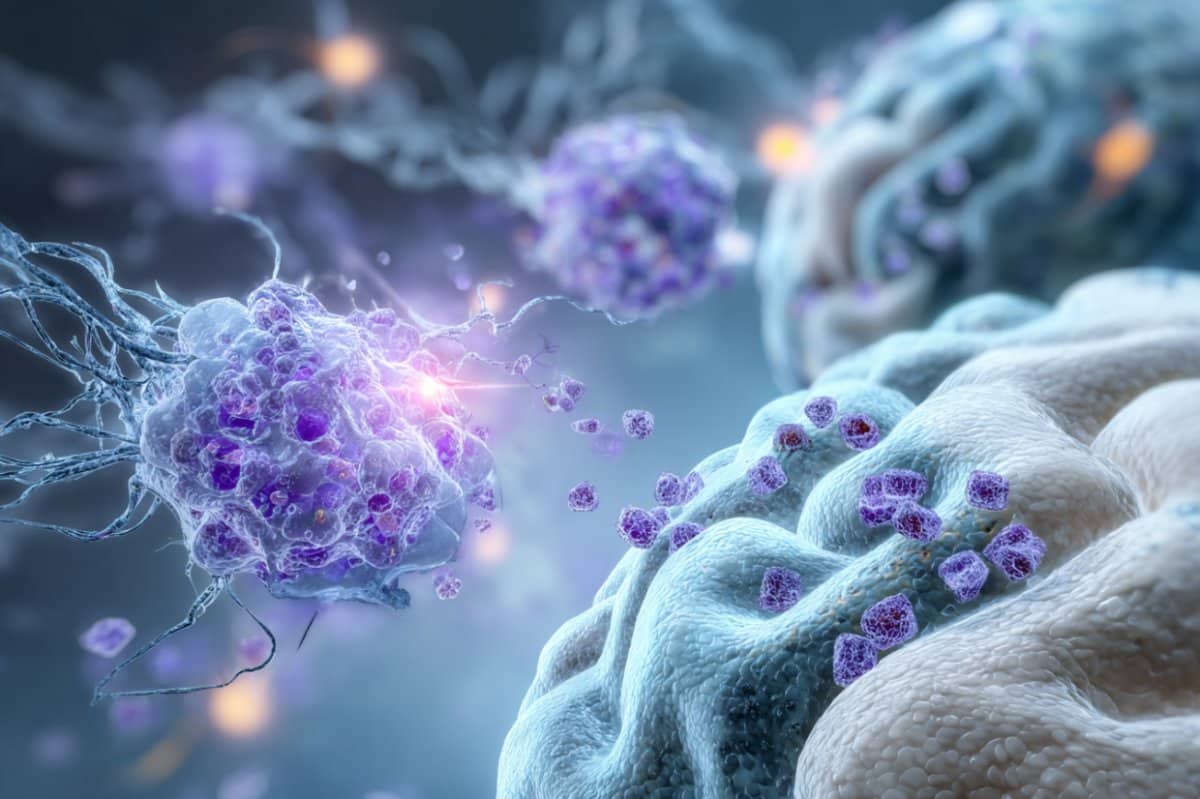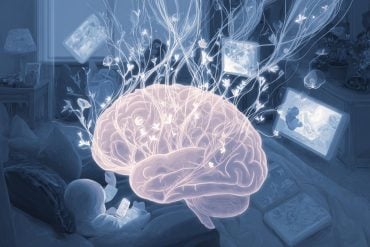Summary: Alzheimer’s disease is marked by toxic amyloid-beta protein clumps, but some people seem naturally protected. A new study reveals that a receptor called ADGRG1 enables immune cells called microglia to effectively clear these harmful plaques.
Mice lacking this receptor developed rapid plaque buildup and memory issues, while humans with higher ADGRG1 levels had milder symptoms. The discovery opens the door to new therapies targeting microglia to slow or prevent Alzheimer’s progression.
Key Facts:
- Protective Receptor: ADGRG1 helps microglia digest amyloid plaques linked to Alzheimer’s.
- Disease Severity Link: People with more ADGRG1 had milder symptoms and fewer plaques.
- Drug Potential: ADGRG1 is a G protein-coupled receptor, making it a promising drug target.
Source: USCF
In Alzheimer’s disease, proteins like amyloid beta form clumps, known as plaques, that damage the brain.
But in some people, immune cells called microglia break down these proteins before they can cause harm. This leads to fewer and smaller clumps — and much milder symptoms.
Researchers at UC San Francisco identified a molecular receptor that enables microglia to gobble up and digest amyloid beta plaques.

Without the receptor, ADGRG1, the microglia barely nibbled on the toxic protein. Using a mouse model of Alzheimer’s disease, the researchers observed how the loss of ADGRG1 led to the rapid buildup of amyloid plaques, neurodegeneration, and problems with learning and memory.
“We think this receptor helps microglia do their job of keeping the brain healthy over many years,” said Xianhua Piao, MD, PhD, a physician-scientist in the UCSF Department of Pediatrics.
Indeed, when the researchers reanalyzed a prior study of gene expression in the human brain, they found that individuals who died of mild Alzheimer’s had microglia with abundant ADGRG1, and mild cognitive impairment — implying that the microglia ate well and kept the disease in check. But in those who died of severe Alzheimer’s, the microglia had very little ADGRG1, and the plaques proliferated.
ADGRG1 is one of hundreds of G protein-coupled receptors, which are routinely targeted in drug development. This bodes well for a rapid translation of the discovery into new therapies.
“Some people are lucky to have responsible microglia,” Piao said. “But this discovery creates an opportunity to develop drugs to make microglia effective against amyloid-beta in everyone.”
Funding: This work was funded in part by the National Institutes of Health (P01AG019724, P50AG023501, R01NS094164, R01NS108446, K99AG081694), the Consortium for Frontotemporal Dementia Research, the Tau Consortium, the Alzheimer’s Association (23AARG-NTF-1030341), the Cure Alzheimer’s Fund, and the BrightFocus foundation postdoctoral fellowship (A2021020F).
About this Alzheimer’s disease and neurology research news
Author: Levi Gadye
Source: UCSF
Contact: Levi Gadye – UCSF
Image: The image is credited to Neuroscience News
Original Research: Open access.
“G-protein-coupled receptor ADGRG1 drives a protective microglial state in Alzheimer’s disease through MYC activation” by Xianhua Piao et al. Neuron
Abstract
G-protein-coupled receptor ADGRG1 drives a protective microglial state in Alzheimer’s disease through MYC activation
Germline genetic architecture of Alzheimer’s disease (AD) indicates microglial mechanisms of disease susceptibility and outcomes. However, the mechanisms enabling protective microglial responses remain elusive.
Here, we investigate the role of microglial ADGRG1, an adhesion G-protein-coupled receptor (aGPCR) specifically expressed in yolk-sac-derived microglia, in AD pathology using the 5xFAD mouse model.
Transcriptomic analyses reveal that ADGRG1 activates the transcription factor MYC, leading to upregulation of genes involved in homeostasis, phagocytosis, and lysosomal functions, thereby promoting a protective microglial state.
We demonstrate that deletion of Adgrg1 in microglia impairs MYC activation, resulting in increased amyloid-beta deposition, exacerbated neuronal loss, and cognitive deficits.
Functional assays in mouse models and human embryonic stem cell-derived microglia confirm that ADGRG1 is required for Aβ phagocytosis.
These findings uncover a GPCR-mediated pathway that drives a protective microglial state via MYC activation, suggesting potential therapeutic strategies to alleviate AD progression by enhancing microglial functional competence.






